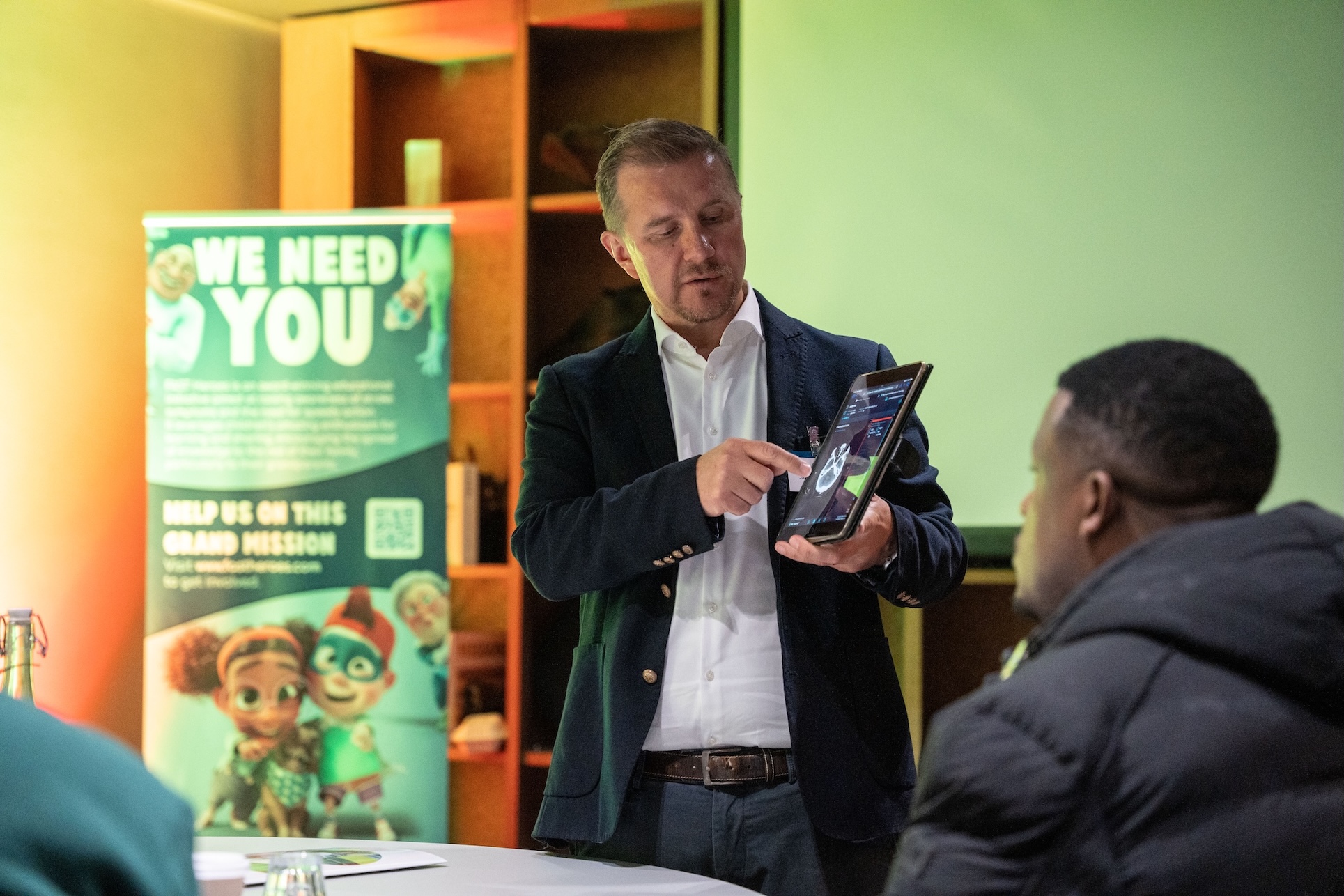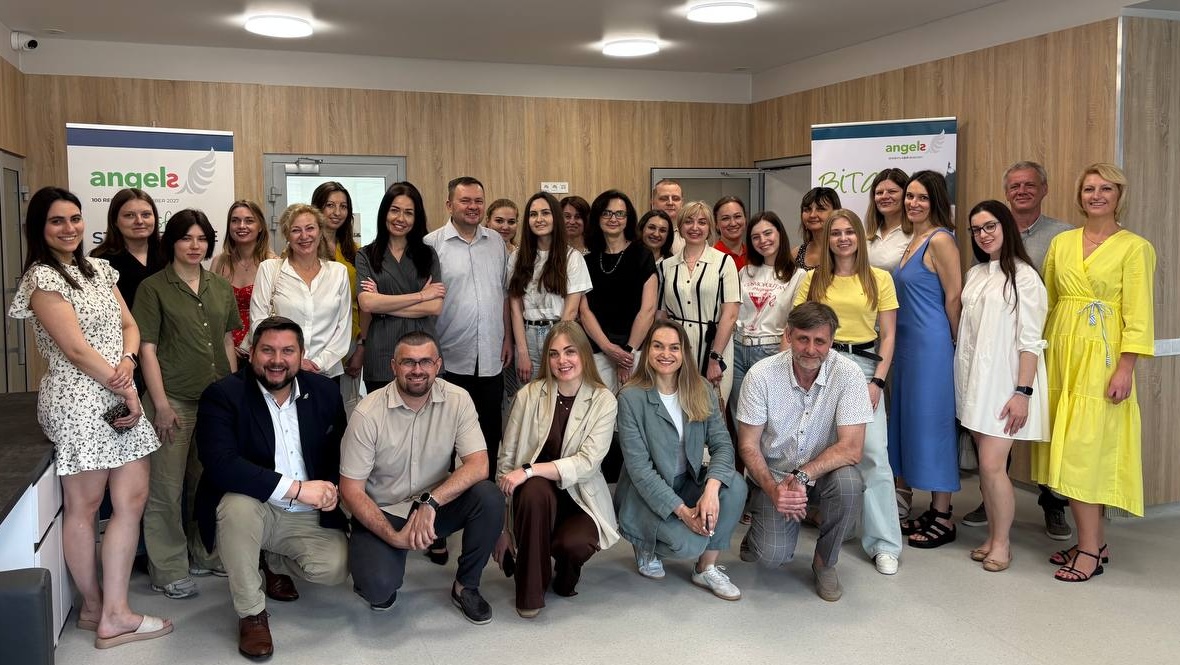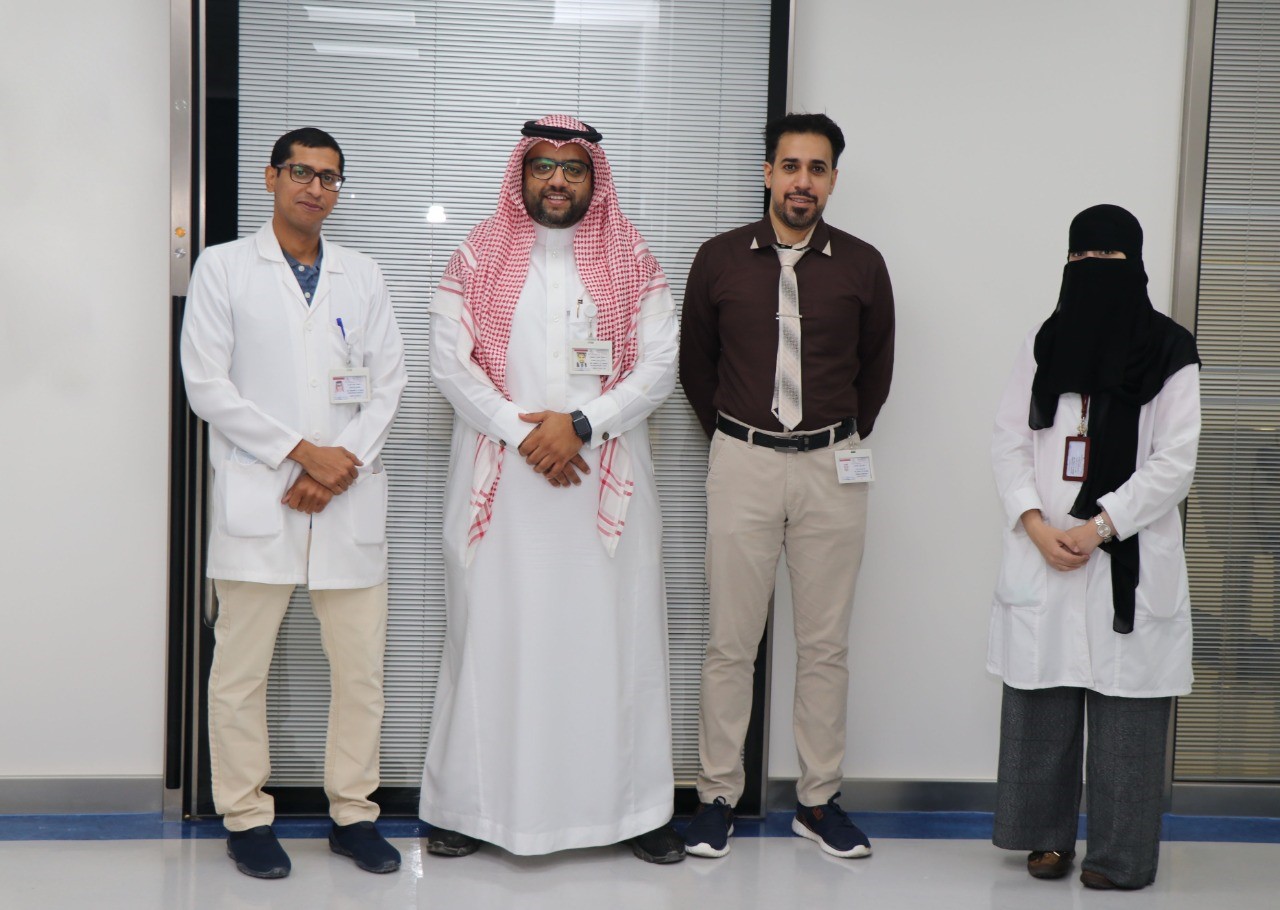
El lector debe saber dos cosas importantes antes de que le cuenten la historia del ictus en el King Fahad Hospital Hofuf, ubicado en la ciudad de Al-Ahsa.
La primera es que esta importante ciudad del Al-Ahsa Oasis en la provincia más oriental de Arabia Saudí es la sede de una comunidad unida en la que las personas se preocupan por el bienestar de los demás, como si incluso los desconocidos fueran familiares y amigos. Este próspero sentido de comunidad es la mejor explicación para el notable cambio en la atención del ictus que ha tenido lugar en este hospital durante los últimos tres años.
La segunda es que el departamento de neurología del Hospital King Fahad está dirigido por un médico que está motivado por esta misma preocupación por los demás y que, además, es un hombre apasionado y optimista, que posee en otras palabras todas las cualidades necesarias para una revolución.
Poco después de que este médico regresara de una beca de investigación en prevención del ictus y la demencia en la Universidad Occidental de Canadá, decidió establecer una unidad de ictus en su hospital. En esto, el Dr. Sadiq Alsalman inicialmente estaba bastante solo. Sin embargo, en un hospital de referencia multiespecializado con 500 camas, el King Fahad Hospital no tenía camas específicas para pacientes con ictus, protocolo de ictus en la fase aguda ni personal capacitado que compartiera su visión. Tampoco había otro único hospital público en la provincia más grande de Arabia Saudí donde los pacientes con ictus podían recibir atención en la fase aguda.
Sin embargo, en un país en el que, según un artículo de marzo de 2021 en la revista farmacéutica Saudi, la incidencia de ictus aumenta y se espera que la tasa de mortalidad casi se doble para 2030, el Dr. Sadiq se sintió obligado a mejorar la atención del ictus para los más de cuatro millones de habitantes de la región. Pronto se unió a este esfuerzo el Dr. Mohammed Alhazzaa, un neurólogo especializado en ictus que se unió al departamento en el tercer trimestre de 2021, y a Sherif Ali, un asesor de Angels encargado de optimizar la atención del ictus en la región oriental.
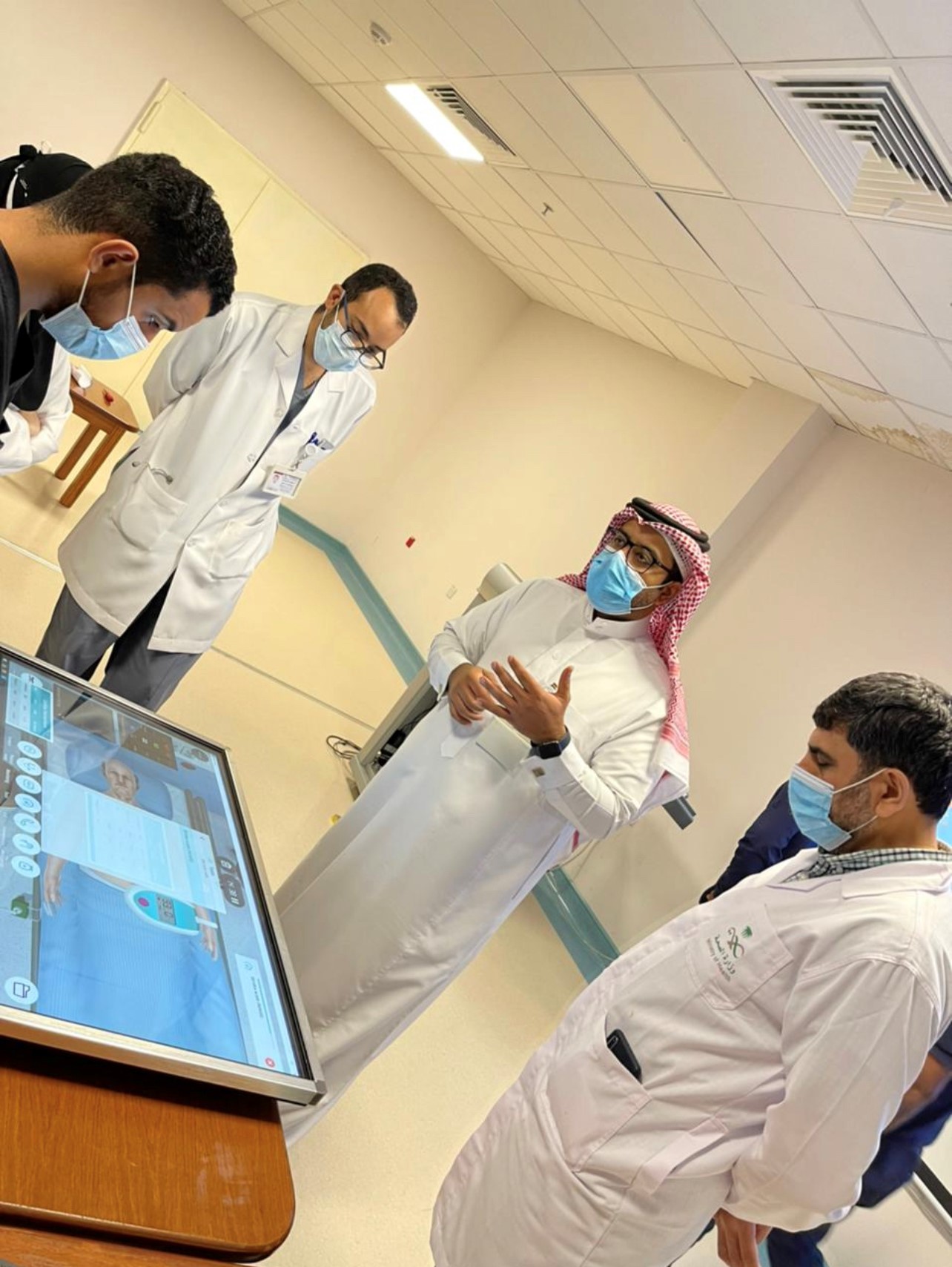
Un paquete de talleres desarrollado en el transcurso de 2021. En el programa figuraban talleres de simulación para el servicio de urgencias, dos talleres para el personal de enfermería y cuatro en los que participaba la autoridad de la zona roja saudí, la sociedad humanitaria que proporciona servicios médicos de emergencia a grandes partes del país. Al final del programa, un total de 500 participantes habían recibido instrucciones sobre el tratamiento del ictus en la fase aguda y se habían forjado valiosas conexiones entre el servicio de urgencias, el personal de enfermería y la zona roja de la zona. Con nueve camas disponibles ahora para los pacientes con ictus y un equipo totalmente formado, a finales de 2021 el King Fahad Hospital se preparaba para ofrecer a los pacientes con ictus de Al-Ahsa una segunda oportunidad en la vida.
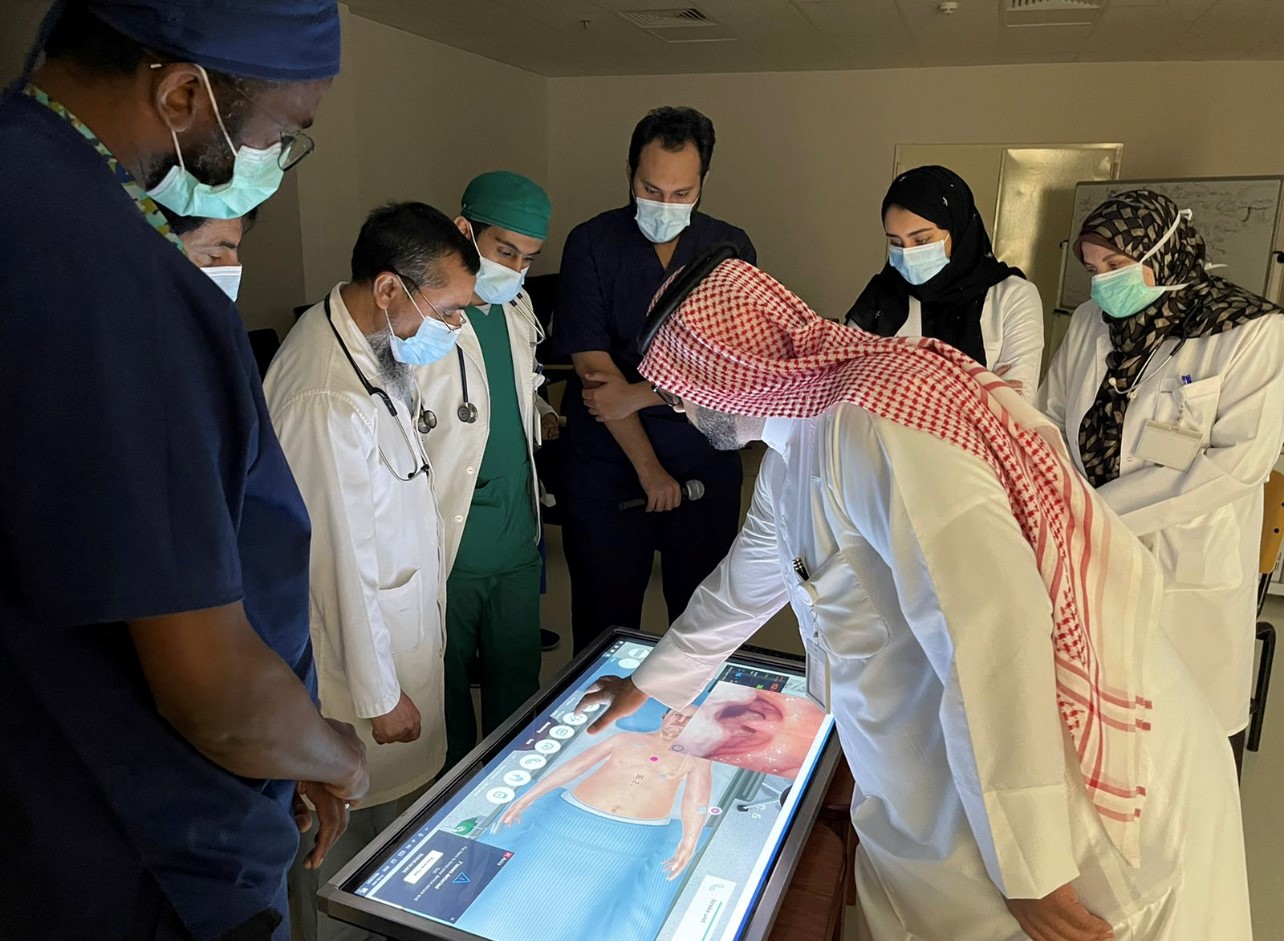
Uno de estos pacientes ha afectado más a este nuevo equipo de ictus que a cualquier otro. Con una puntuación de 18 en la NIHSS a la llegada, este paciente presentaba un riesgo elevado de muerte o discapacidad grave. Pero en el plazo de horas después de recibir tratamiento con trombólisis, volvió a ponerse de pie y, con el tiempo, una puntuación de 0 en la escala de Rankin modificada confirmaría que no presentaba síntomas.
El peor día de su vida, la ayuda había venido de aquellos en su círculo inmediato. Un médico de urgencias del King Fahad Hospital, que había sufrido un ictus grave, debe su vida y salud a la rápida acción de sus colegas y a la determinación del Dr. Sadiq de convertir su hospital en una instalación que trata el ictus.
El equipo de ictus del King Fahad Hospital tiene muchas cosas de las que sentirse orgulloso, incluida una tasa de recanalización por encima del 10 % y un tiempo puerta-aguja medio hasta menos de 55 minutos después de la decisión de tratar en la TAC. Menos de un año después de activar su código de ictus, ya han introducido un servicio de trombectomía, con la ayuda de un neurólogo intervencionista externo por el momento, pero con planes para un equipo de trombectomía especializado para el próximo año.
Su éxito es, sin duda, el fruto de la valentía y la determinación. Pero si preguntan qué fue realmente la mejora de la atención del ictus en el hospital King Fahad, un paciente es el que marcó la diferencia. En una comunidad que se preocupa incluso por desconocidos como si fueran familiares, el punto de inflexión real para este equipo de ictus fue cuando la vida salvada fue una de las suyas propias.

